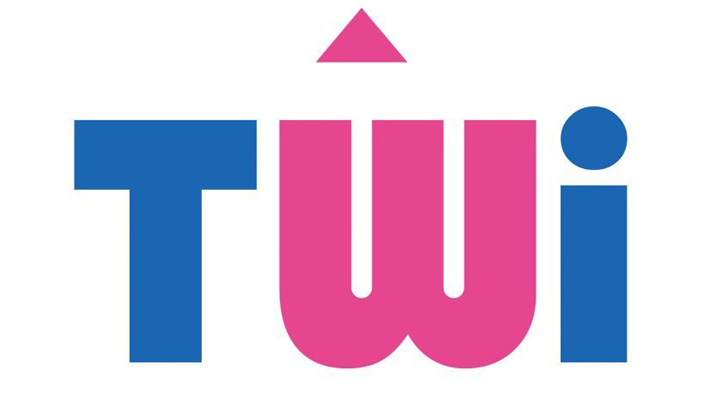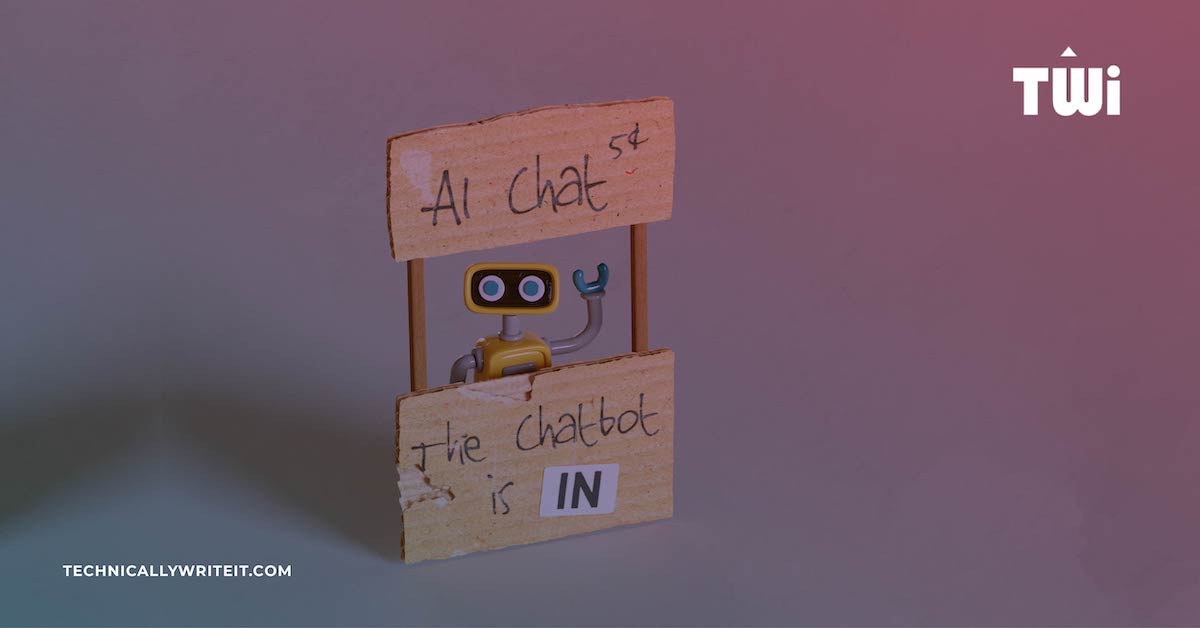Interdisciplinary Synergy in Technical Communication: Written by Neil Mahony and originally published in the Winter 2023 edition of the Communicator Magazine.
Across all industries, companies struggle with the drawbacks of siloed departments. They create change resistance, hinder inter-departmental collaborations, and ultimately stifle innovation. At TWi, we’ve seen the remarkable results that interdisciplinary synergy can bring.
What Does ‘Interdisciplinary Synergy’ Really Mean?
Interdisciplinary synergy is the melding of diverse expertise to produce results that outshine what individual disciplines might achieve. Henry Ford’s innovative moving assembly line is a testament to this approach. By amalgamating the expertise of mechanics, the disassembly lines used in the Chicago slaughterhouses, and insights from time and motion experts, Ford revolutionised car manufacturing.
In practice, interdisciplinary synergy is the dynamic cooperation between varied fields to realise comprehensive and novel outcomes unattainable by individual disciplines.
The Power of Diversity in Innovation
Studies have shown that as the attributes of diversity—variety, balance, and disparity—increase, so does the system’s innovative potential (1). This concept resonates profoundly with the principles of interdisciplinary synergy. Indeed, the intersections of varied disciplines can become hotbeds for innovation (2).
Technical Communication as Interdisciplinary Synergy
By its very nature, technical communication thrives on collaboration. The partnership between a technical writer and an SME epitomises this interdisciplinary synergy. We create clarity for users by engaging with SMEs and combining their knowledge with our skills. We can further enhance this collaborative approach by engaging with disciplines in the following areas:
- User-Centered: Incorporating human-computer interaction, UX design, and cognitive psychology principles
- Visual: Graphic designers and data visualisation experts for compelling visuals
- Localization: Linguists and cultural experts for global content
- Communication Formats: Multimedia specialists for diverse content presentations
Components of Successful Interdisciplinary Synergy
Clear communication is key to successful interdisciplinary collaboration. Equally vital are adaptability, flexibility, and the establishment of shared goals for everyone involved. A culture of respect is also necessary, where each discipline’s unique expertise is valued. Finally, effective leadership plays a pivotal role, where management recognises the importance of interdisciplinary efforts and actively supports them.
The path to successful interdisciplinary work does come with challenges. Barriers such as diverse terminologies, differing tool usage, or even geographical disparities, can pose hurdles to smooth collaboration. There’s also the issue of differing perspectives, where priorities and different measurements of success might clash. Egos can be an issue, with experts overly protective of their expertise. Resource limitations often complicate the situation, especially when trying to integrate differing, resource-heavy methodologies.
This can be mitigated by adjusting each discipline’s level of involvement at different stages of the project. Not every discipline needs to be equally involved throughout (3).
With the right strategies in place, these challenges can be navigated. Open communication, facilitated discussions, finding common ground, shared resources, institutional backing, and pilot projects that showcase the potential of interdisciplinary collaboration can be game-changers.
Real-world Applications and Overcoming Challenges
An illustrative example of the effectiveness of this approach involved a pharmaceutical client. The client was concerned about the effectiveness of a process playbook we had developed previously. Feedback from users highlighted navigational issues and a lack of trust in the content’s accuracy, leading them to seek offline clarifications.
In the past, we might have made simple adjustments in response. This time, we formed an interdisciplinary Design Thinking team to brainstorm and innovate. This team – composed of tech writers, content strategists, instructional designers, programmers, and an innovation facilitator – delved deep into the feedback.
The outcome? A slew of improvements ranging from enhancing the playbook’s navigation to using visual representations of team processes and interconnectivity inspired by the London Underground map. These changes, impressed our client, fostering deeper trust and expanding our collaboration, as the client felt that we had really listened and understood their core problem.
Real-World Advantages of Interdisciplinary Culture
From our experience at TWI, this culture brings:
- Strength in Innovation: An interdisciplinary team can conjure solutions beyond the imagination of a single-discipline entity, fostering groundbreaking ideas
- Learning from Real Challenges: Interdisciplinary teams often tackle projects mirroring real-world problems, thereby promoting rapid skill expansion
- Enhanced Understanding: Departments learn to appreciate each other’s roles, streamlining communication and reducing conflicts
- Adaptability: Cross-training enhances workforce flexibility, making companies more resilient to changes
- Diverse Perspectives: Richer viewpoints and methodologies arise, often leading to the emergence of new disciplines that offer novel frameworks for deciphering complex issues.
Another Success Story
A tech client approached us with a translation challenge they were having with complex learning content, created in Storyline. With a tight deadline to find and implement a solution, an interdisciplinary team of instructional designers, localization experts, and linguistic testers collaborated to identify and resolve a critical code-level issue. This comprehensive perspective allowed us to analyse and tackle challenges in localizing, and delivering content at scale. This team went further and introduced efficiencies to make future courses more scalable using Storyline master slides. Such successes would have been improbable without interdisciplinary collaboration.
Conclusion
Interdisciplinary synergy is about harnessing collective expertise for optimal outcomes. Bringing together diverse disciplines paves the way for innovative solutions that a single discipline might overlook. The strengths of interdisciplinary collaboration—clear communication, shared goals, and adaptability—are foundational pillars that support broader objectives, creating efficient, effective, and user-centric solutions.
Yet, it is not without challenges. From differing perspectives to resource constraints, interdisciplinary teams often grapple with complexities that require foresight and adaptability. However, the essence of such collaboration lies in overcoming these challenges collaboratively. It’s about harnessing the collective intelligence, blending diverse methodologies, and forging a path forward that’s greater than the sum of its parts.
References:
- Rafols, I and Meyer, M (2008) ‘Diversity and network coherence as indicators of interdisciplinarity: Case studies in bionanoscience’; (online) available at https://www.researchgate.net/publication/23566011_Diversity_and_network_coherence_as_indicators_of_interdisciplinarity_Case_studies_in_bionanoscience (accessed August 2023)
- Johansson, F (2004) ‘The Medici Effect: Breakthrough Insights at the Intersection of Ideas, Concepts, and Cultures’. Harvard Business School Press
- Talcott, A (2019) ‘Why Truly Multidisciplinary Teams Can Lead to Building Better Products’ (online) available at https://betterprogramming.pub/why-truly-multidisciplinary-teams-can-lead-to-building-better-products-c1b09e227067#:~:text=In%20this%20way%2C%20all%20disciplines,the%20best%20it%20can%20be. (accessed August 2023)










